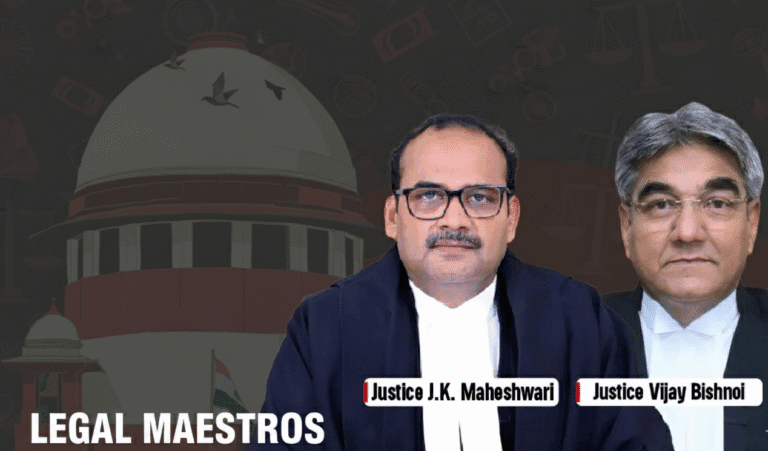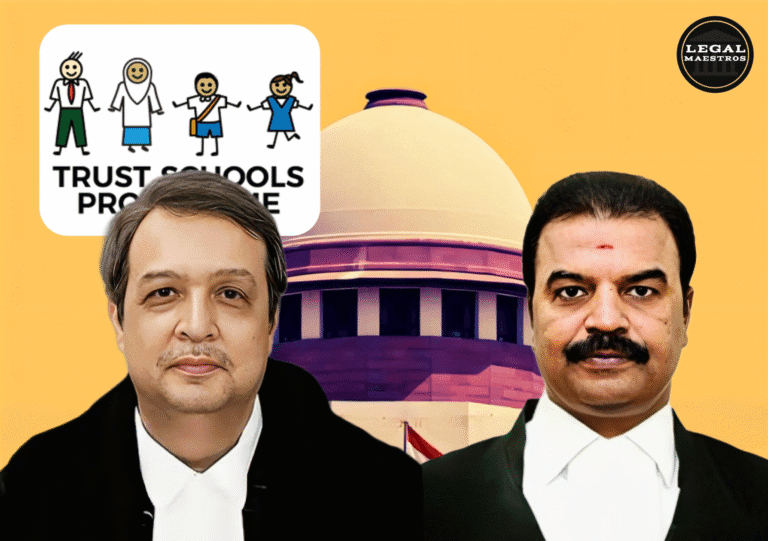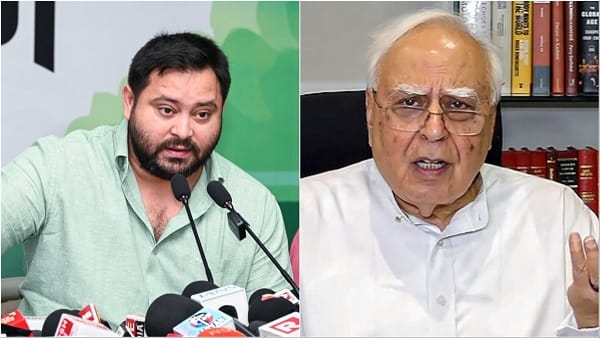
The Supreme Court of India in a recent case has considered a case of extreme disturbing nature where four people in the same family were murdered among whom are two small children and grievous bodily harm to other two members of the same family. Being one of the most widely-discussed cases, the case raises important concerns about the criminal justice system, namely about the quality of investigation, credibility of witnesses, and the degree of proof needed to achieve a conviction. The Court clearly reviewed the evidence and proceedings at the lower court in detail which finally reversed the conviction and death sentence placed on the accused.
Facts of the Case in Brief
The crime happened in the morning of November 29, 2013, in a peaceful village. There were four persons in a family and both of these members are dead, Seema Rani (appellant wife), Reena Rani (sister of Seema Rani), Sumani Kumari ( appellant daughter) and Harsh (appellant son). Other two family members, Harry (step-son of appellant) and Om Prakash were seriously injured. The main suspect was Baljinder Kumar who is the father of the dead children and husband of one of the dead.
The case of the prosecution relied on the argument that appellant, Baljinder Kumar, was spotted to be leaving the house holding a weapon. The perceived motive is the financial issue due to the divorce of his sister, in which the payment of Rs. 35,000 was guaranteed due to the appellant s mother in law (PW2- Manjit Kaur). Through this disagreement, threats by the appellant to his wife and children have been reported. The same day an FIR was filed and subsequently the appellant became an accused after being arrested. It accused him according to Section 302 (murder), 308 (attempt to commit culpable homicide) and 325 (voluntarily causing grievous hurt) of the Indian Penal Code, 1860.
For any queries or to publish an article or post or advertisement on our platform, do call at +91 6377460764 or email us at contact@legalmaestros.com.
Merry Trip in the West
The Trial Court found the appellant guilty, basing much on the testimonies of the three main witnesses of the prosecution including; PW1 (the complainant, Vijay Kumar), PW2 (Manjit Kaur who argued to be an eyewitness) and PW17 (Harry who was an injured witness- the child). The court also took into the account recovery of blood-smattered weapon, and clothes, and the motive established. Trial Court rejected the reasons of delay in filing the FIR, lack of independent witnesses and the un-realistic behavior of PW2 in the event. It ended that the motive was sufficiently proved and also the injuries showed that there was a clear intention to kill. It is interesting to note that it was a rather flawed case, which was declared a case of the rarest of rare by the Trial Court leading to the appellant being sentenced to death penalty.
The conviction and death sentence was affirmed by the High Court. Whereas it accepted and ignored the evidence of PW1 on basis of his testimony because he contradicted himself on whether he was at the scene or not, it also took the evidence of PW2 without a blemish giving her the status of credible eyewitness. The unexplained injuries sustained by the appellant on the same day of the incident on the part of the appellant were also considered by the High Court as it used Section 106 of the Evidence Act to shift the onus on the appellant to explain his injuries. It agreed with the Trial Court on the reality that the cruelty of the act was enough to be classified as one of the most rare.
Basic Problems and Examination by Supreme Court
The Supreme Court embarked on a precise reconsideration of the evidence, especially on the reliability of the witnessing persons and the level of investigation.
Eyewitnesses Credibility: Inner Look
The Supreme Court observed blatant contradictions between the test hits of PW1 and PW2. The allegation of PW1 of seeing the accused coming out of the house was quite absurd due to the 10 kilometers that stood between his house and the place of incident, a fact that was refuted by the related effective statements by PW2. The Court observed that the first FIR by PW1 never included anything about the presence of PW2 and his utterances about whereabouts of PW2 were contradictory (at Gurudwara or at the house). The Supreme Court referred to these inconsistencies as major claims of deliberately undertaken embellishment and coaching, thus their testimonies could not be relied upon.
As to the child witness, PW17, although it is not in dispute that he was at the scene (injured), a cross-examination of the witness showed that he was asleep at the time of the incident and did not really see the accused inflict the injuries. So his testimony could not be taken as an incriminating evidence.
Gaps on Investigation and Recovery
Some major defects of the investigation were also brought to attention by the Court. According to the statement of disclosure, the accused showed the police where the weapon and blood-stained garments were located two months later when there were no outside witnesses. The delay was very heavy and the involvement of the articles of recovery in the crime of the victims could not be proved in any way, other than the fact that human blood was found on it (recovery evidence, which was also not sufficient), which according to the Indian Evidence Act (Section 27) does not automatically dispose recovery evidence, still made the recoveries extremely doubtful.
Standard of Proof and Doctrine of Rarest of Rare
The Supreme Court stressed by stating that when the testimonies of the two main eye witnesses (PW1 and PW2) were thrown out on basis of being unreliable, then the case against the prosecution no longer stood on legs. The Court ruled that the prosecution has NOT established the guilt by the accused with all the strictness that there should be in a case of a criminal trial where the lives of many humans are involved. By virtue of the great flaws in the investigation and the fact that the identifying testimony was not confirmed by any other witness, this high standard, according to the Court, had not been tended by the prosecution. Therefore, the conviction could not stand and hence the relevance of the doctrine of the rarest of all cases in death penalty is inapplicable in the case.
The Supreme Court held the appeals enabling it to quash and set aside the High Court and Additional Sessions Judge judgments in a final decision. The appellant became free after her conviction was overturned and she was released immediately after more than eleven years of imprisonment. This ruling highlights the necessity of a detailed and believable investigation, quality testimonies of the witnesses, and compliance of the best standard of proving the case, of course, beyond reasonable doubt which guarantees equality before the law and stops wrongful convictions of people. Sources







